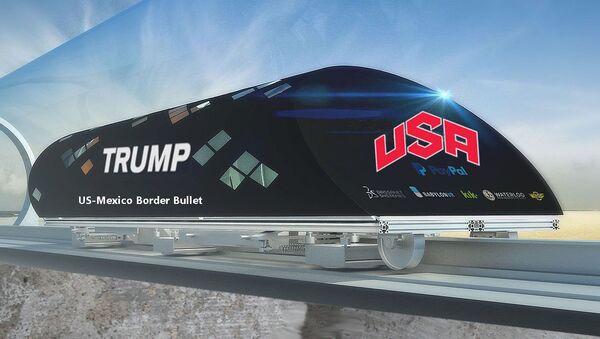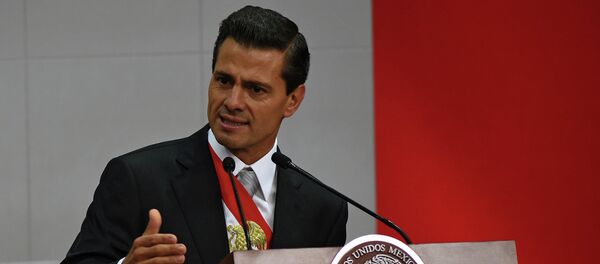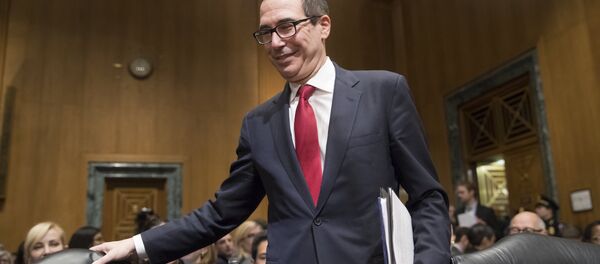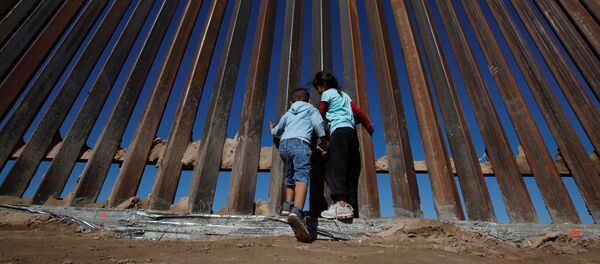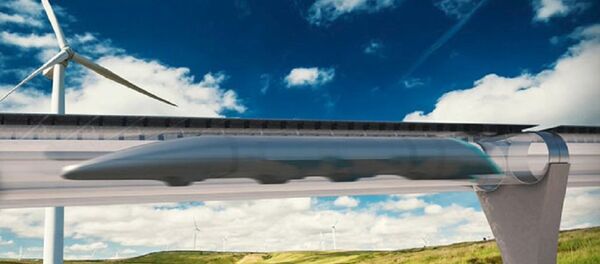The US-Mexico border is 1,933 miles long. In contrast, the Great Wall of China is over 5,500 miles long. Donald Trump wants to secure America’s southern border in the 21st century by undertaking a monumental construction project many say is foolhardy or impossible. Interestingly, most of the Great Wall of China was built during the Ming Dynasty (1368–1644) when the machine of construction was a strong back. In fairness, it seems a look at President Trump’s wall is best undertaken by looking at past US projects, potential future ones, and their effects short and long term.
Infrastructure – A Trump New Deal?
Before I launch into Trump Wall comparatives, this report from the Economic Policy Institute makes part of the argument for Trump’s wall and other infrastructure projects for us. Essentially the report tells of the positive role increased infrastructure investments can have for solving several pressing challenges that the American economy faces today. Reading through it, I am wondering if Mr. Trump was not ahead of me in studying the role of construction in the US. This excerpt from the report is a good lead into our Great Trump Wall prospectus, author Josh Bivens writes:
“In the longer term, the most pressing economic challenges for the U.S. economy concern how to provide satisfactory living standards growth for the vast majority of people. Such growth requires two components: rapid overall productivity growth, and a stabilization (or even reversal) of the large rise in income inequality that occurred in the three decades before the Great Recession, a rise in inequality that kept overall productivity growth from translating into living standards growth for most Americans.”
When President Franklin D. Roosevelt launched his “New Deal” programs to restart the American economy after the Great Depression, many politicians and bankers said he was crazy. History shows now, the massive economic and social impact FDR’s policies had. In 1933 25 percent of Americans were unemployed, some 4,000 banks failed, and over 32,000 businesses went broke in that year alone. The lives of the people from this era of American history were changed inextricably, the average American of this generation lived their entire life in fear of losing everything they had. This one aspect governed decades of work, art, family, education, and life overall.
FDR’s New Deal had far reaching effects both positive and negative. Most of the negative effects came about because Roosevelt believed in big government and addressing social welfare concerns, more so than creating a Keynesian-style macroeconomic stimulus model. Donald Trump’s infrastructure (and wall) plans lean toward this macroeconomic model. But let’s first look at a few large scale FDR projects for comparison.
Just A Wall You Say?
This report at the Digital Public Library of America (DPLA) frames the New Deal properly, and especially where the restructuring of government agencies are concerned. Within the article projects like the Civilian Conservation Corps (CCC) are spotlighted.
The Public Works Administration (PWA) and the Works Progress Administration (WPA) employed workers, both skilled and unskilled, to create public buildings and roads, and to bring essential utilities to Americans. The Rural Electricity Administration (REA) was one agency, the effects of which every American feels to this day. Before the REA, only a very few farms in the US had electricity (11%). The REA caused public works in America to boom, and the integral steps taken then helped development today’s infrastructural and agricultural landscape. The impact of the PWA is best seen via the 34,000 construction projects including airports, large electricity-generating dams, warships for the Navy, and bridges built under the program.
PWA workers built 70% of the new schools in the US, as well as one-third of the hospitals built in 1933–1939. The PWA’S Grand Coulee Dam project employed more than 8,000 people during construction, and national landmarks like LaGuardia Airport, the Lincoln Tunnel under the Hudson River in New York, and especially the Overseas Highway connecting the Florida Keys were massive undertakings.
The list of these projects is absolutely too extensive to even begin, but borrowing from Wikipedia the reader can grasp the extent of the WPA’s impact. These workers built “52 fairgrounds and rodeo grounds; 1,686 parks covering 75,152 acres; 3,185 playgrounds; 3,026 athletic fields; 805 swimming pools; 1,817 handball courts; 10,070 tennis courts; 2,261 horseshoe pits; 1,101 ice-skating areas; 138 outdoor theatres; 254 golf courses; and 65 ski jumps,” over the course.
The average WPA worker received $52.50, or the equivalent of $893.00 in today’s money. It’s important to note here that many Europeans under today’s austerity make less than half this amount per month. Breaking just this New Deal agency down is simple. Total expenditures on WPA projects through June 1941 totaled approximately $11.4 billion dollars, or the equivalent of $186 billion today. That’s less than one-third of the single fiscal year 2017 Defense budget signed into effect by former President Barack Obama.
I think this number helps make my point ever more clear. The trillions Mr. Trump spoke of being wasted on war, could have easily made every American richer and more secure spent elsewhere. US roads and other infrastructure are in a state of rapid decay, and ambitious projects only seem to emanate from the Pentagon.
Thinking “Trump” Big
I will not discount the negative aspects of FDR’s New Deal socialism. However many negative examples can be brought to bear though, it’s clear that generations of Americans lived their “American Dream” largely because of ambitious ideas. Donald Trump’s Mexico wall is a very ambitious project, but no more so than most in America’s great buildup into becoming the world’s mightiest economy. Let’s look at the new president’s “Great Mexico Wall” from a positive perspective.
Returning to our “infrastructure investment” research report, if Mr. Trump gets Congress to fund $100 billion for an expanded “Border Wall” project, millions and millions of Americans will benefit directly and indirectly. Insert the WPA figures here, the imagine a wall that is more than a wall. What kind of benefit will cities like Brownsville and El Paso in Texas, Nogales and Yuma in Arizona, and San Diego in California glean from this influx of business? What will be the effects of reduced flows of illegal aliens? What other infrastructure benefits can be generated? Not one of the detractors to Trump’s plan has asked any of these questions. What if “Trump’s Wall” is more than a simple barrier? Remember we talked about infrastructure and modernization? What if the wall incorporated ultra-modern transport aspects?
What if the US-Mexico border wall were a conduit, a barrier, and an infrastructure boost? What if America’s first high-speed train were to run atop this wall? What kind of urban and rural growth could such a modern transportation linkage afford each-and-every-town-along the route? How much more would a monorail atop such a wall cost? Or does that even matter?
Ah, but congressional thinkers and disgruntled democrats cannot envision any future but our failed past. Maybe this is why somebody like Donald Trump scares them so badly. Sending illegals back home is suddenly racism. Building a wall that should have been there all along is madness. Investing a trillion dollars in Americans is incomprehensible, but regime changes that flood the world with refugees are not. Why is it Americans cannot foresee building a border wall and infrastructure masterpiece? The way I look at it, even building a monument to the greatness of Donald Trump is fantastic if it helps people in America have a better life. After all, isn’t this why we elect leaders in the first place?
The views expressed in this article are solely those of the author and do not necessarily reflect the official position of Sputnik.
